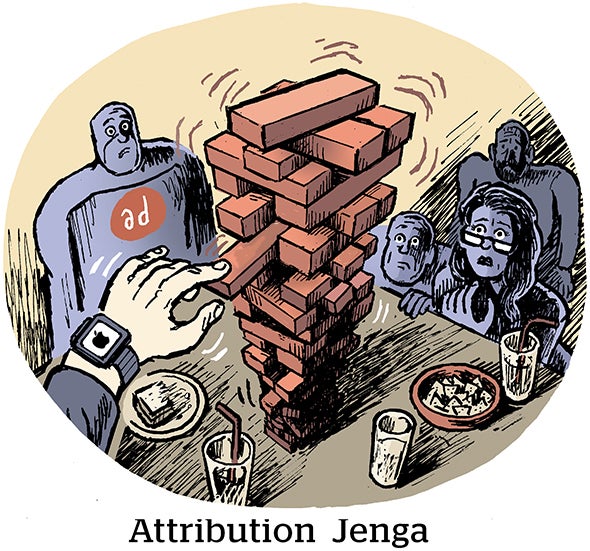LinkedIn isn’t the most popular kid on the social networking block, but that doesn’t mean it’s not an important site for marketers to know and use.
According to comScore’s latest multiplatform rankings of the top online properties in the U.S. in September, LinkedIn was No. 30, with a total digital population of 47.1 million users. A study from HubSpot earlier this year found that LinkedIn boasted a visitor-to-lead conversion rate of 2.7 percent, nearly three times (277 percent, to be exact) higher than Twitter’s 0.7 percent conversion rate and Facebook’s 0.8 percent conversion rate.
So, yeah, LinkedIn is sort of a big deal for marketers looking to generate leads via social media.
In the same vein as our looks at Facebook, Twitter, YouTube and Pinterest, here’s an overview of five tips to help marketers and their lead-generation efforts on LinkedIn.
Join groups with likely ‘suspects’
Marketers should look to join groups comprising likely “suspects” who can later be turned into prospects, according to Adrian Miller, a sales consultant and trainer. While some of these groups might be closed to the public, many will be open to all LinkedIn users.
“Become visible in the group by posting insightful questions and answering some as well,” he says. “Don’t be blatantly self-promotional; rather, start to position yourself as an expert.”
Add value
This brings us to our next point: always be adding value. Not quite as catchy as Alec Baldwin’s line, but important nonetheless for marketers trying to generate leads on LinkedIn. Adding value involves establishing yourself as an expert.
This can be accomplished by crafting valuable status updates and communications with the groups you join, Miller says.
Sharing your knowledge through valuable content is especially important because it builds trust and helps current and potential connections assess whether you’re someone worth their time, according to Yoon Cannon, business growth expert at Paramount Business Coach LLC. To illustrate this point, she shares a story about “Frank,” a financial adviser who gave Cannon an uninvited phone call after she looked at his LinkedIn profile to determine whether to accept his invitation or not.
“In the case of Frank, I had no way of judging his expertise as a financial adviser because I had not read anything he wrote or attended a seminar of Frank’s,” she says.
Cannon says having access to a white paper written by Frank and shared as a discussion post in a common LinkedIn group would have resolved this issue.
Another way to add value and establish expertise on LinkedIn is to conduct webinars. “This would involve joining a group, spending some time establishing yourself and then inviting the group members to attend a webinar on a topic that solves a current problem that is being discussed in the group,” says Ed Forteau, CEO of Wandering Media Group and the an author of a chapter in “Million Dollar Marketing Secrets: 22 Top Pros Share Their Time-Tested Insights!”
Marketers can integrate an opt-in form to kill two birds with one stone: adding prospects to a list and registering them to the webinar, Forteau adds.
Look beyond the first degree
“Make it a point to look at your second- and third-degree connections,” Miller says. “It’s a simple game of who knows whom. If you see someone that might be a good lead for you, ask to be connected to them.”
Miller adds that he always goes offline for introductions. “I find that it works much better.”
Connect with care
Cannon tells marketers that they should send connection requests only to people they have something in common with. The “something” can be many things, including:
–




